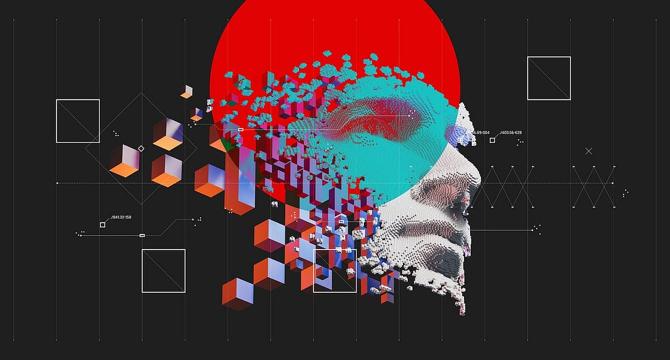ADPList’s Newsletter
1M
413

Image Credit: ADPList’s Newsletter
AI product design: Identifying skills gaps and how to close them
- Designing for AI involves understanding both algorithms and empathy, presenting challenges for UX designers in navigating the technical aspects and human-AI interaction.
- The article discusses UX designers facing difficulties due to a lack of technical grounding and design patterns for human-AI interaction, offering pathways to address these challenges.
- It highlights why traditional UX tools may not be sufficient for AI product design and the need for new approaches to incorporate AI capabilities effectively.
- AI presents new possibilities in user experiences but integrating AI systems into design methodologies is complex, with designers struggling to envision and prototype AI systems.
- Research by Qian Yang and team at Carnegie Mellon University identifies challenges faced by HCI professionals in working with AI, emphasizing the importance of understanding AI technologies.
- Challenges in the design process include understanding AI limitations, choosing the right AI technique, and rapid prototyping AI products for evaluating user experience and impact.
- Suggestions include creating rule-based simulators for interactive AI prototypes and deploying functioning AI systems among real users to understand intended and unintended consequences fully.
- The article aims to equip AI product designers with knowledge and resources to enhance their skills in navigating the complexities of AI technologies and human-AI interaction.
Read Full Article
23 Likes
For uninterrupted reading, download the app